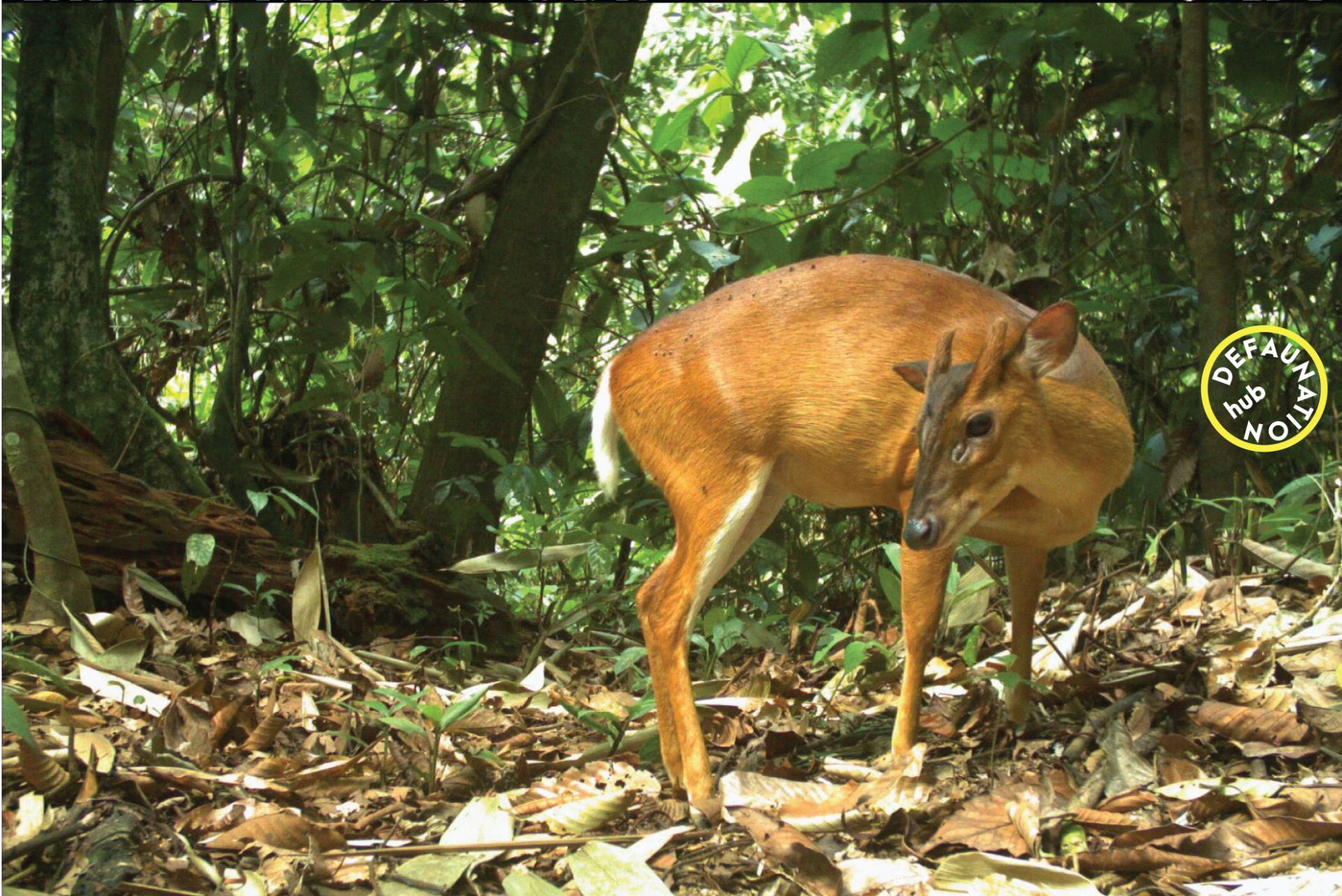We are collating information on how mammal and bird populations have changed over time in Indonesia – within the latest 25 years in which great environmental and social changes have been experienced. Unlike most defaunation studies that work with species distribution information, we are using animal census data. This will tell us whether wildlife populations have stayed stable, declined, or increased over time.Working with conservation professionals and researchers across the country, we are mobilising mammal and bird survey data from a network of sites from Sumatra to Papua. Research students from UK and Indonesia are also generating biodiversity data as part of their studies. To be of most value, these datasets will comprise repeated surveys of multiple species, for example, camera traps of mammals and repeated counts of birds. Surveys from multiple years (e.g. 2006 then 2013, giving a 7-year interval) are especially valuable. Where a second (or third) survey has not been undertaken, we can support this research, either by contributing personel to a survey, loaning equipment, or potentially by funding an organisation to do the work.
Postdoc Nick Deere is leading advanced multi-species occupancy modelling of these datasets, which can provide useful information even for rare species. Because we are working with data from networks of sites we are well placed to provide bespoke reports to practitioners in return.
